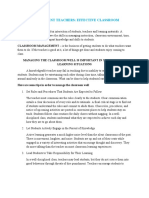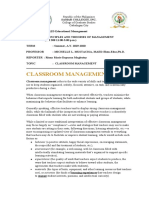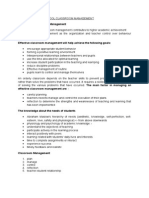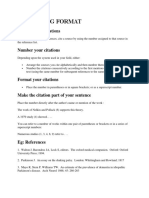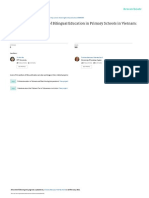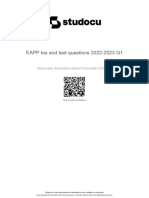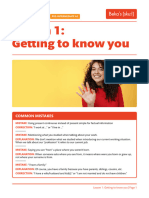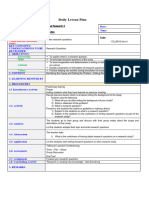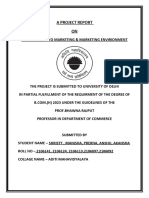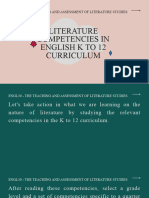0% found this document useful (0 votes)
90 views4 pagesClassroom Management Assignment
Classroom management involves strategies to create a productive learning environment, aiming to foster positive engagement among students. Effective management minimizes disruptions and promotes safety, while approaches like proactive and supportive strategies help encourage positive behavior. Additionally, understanding diverse learner needs and integrating technology are crucial for effective teaching and maintaining an inclusive classroom atmosphere.
Uploaded by
Sibusiso MkhizeCopyright
© © All Rights Reserved
We take content rights seriously. If you suspect this is your content, claim it here.
Available Formats
Download as DOCX, PDF, TXT or read online on Scribd
0% found this document useful (0 votes)
90 views4 pagesClassroom Management Assignment
Classroom management involves strategies to create a productive learning environment, aiming to foster positive engagement among students. Effective management minimizes disruptions and promotes safety, while approaches like proactive and supportive strategies help encourage positive behavior. Additionally, understanding diverse learner needs and integrating technology are crucial for effective teaching and maintaining an inclusive classroom atmosphere.
Uploaded by
Sibusiso MkhizeCopyright
© © All Rights Reserved
We take content rights seriously. If you suspect this is your content, claim it here.
Available Formats
Download as DOCX, PDF, TXT or read online on Scribd
/ 4



















